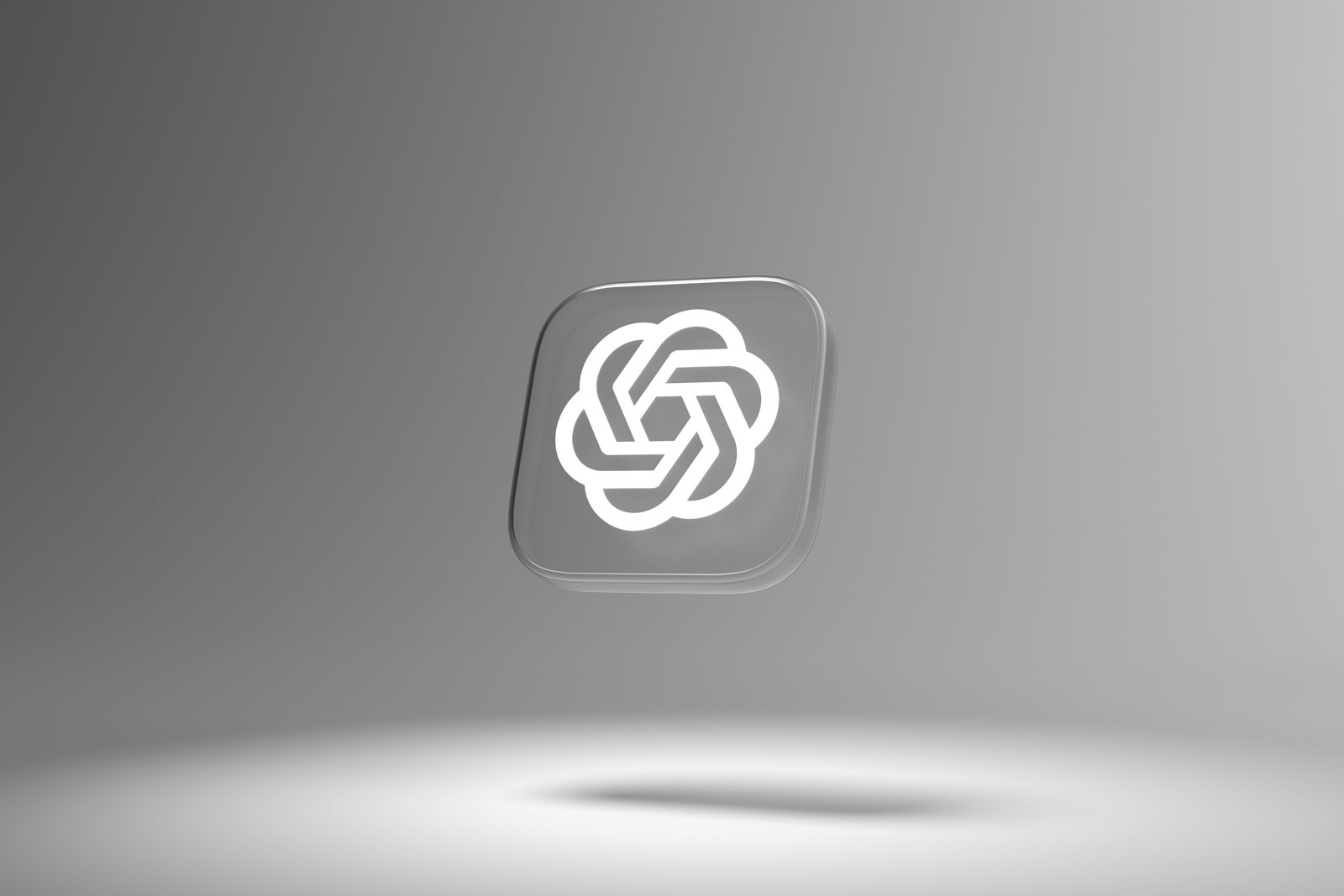OpenAI has officially launched its next-generation AI family: GPT-4.1, GPT-4.1 Mini, and GPT-4.1 Nano. Introduced during a livestream on April 14, 2025, these models mark a major evolution in OpenAI’s product lineup—focusing on enhanced reasoning, longer context handling, and cost efficiency. Designed for developers and tailored for everything from full-stack coding to real-time lightweight use cases, this trio of models underscores OpenAI’s aggressive push toward accessible, scalable AI performance.
GPT-4.1 Highlights at a Glance
| Model | Use Case | Input Token Cost | Output Token Cost | Context Length |
|---|---|---|---|---|
| GPT-4.1 | Full-featured AI workflows | $2.00/million | $8.00/million | Up to 1 million tokens |
| GPT-4.1 Mini | Lightweight, fast responses | $0.40/million | $1.60/million | Hundreds of thousands |
| GPT-4.1 Nano | Background tasks, mobile apps | $0.10/million | $0.40/million | Tens of thousands |
Each model supports multimodal input (text, image, video), an upgrade inherited from GPT-4o, but with sharper instruction-following and more deterministic behavior, particularly for developers seeking structured output and API stability.
 What’s New in GPT-4.1?
What’s New in GPT-4.1?
- Massive Context Window: GPT-4.1 can now handle up to 1 million tokens, making it ideal for use cases like legal document summarization, academic analysis, and extensive code repositories.
- Improved Accuracy in Coding: Early benchmarks show significant performance gains in debugging, frontend generation, code refactoring, and terminal command synthesis compared to GPT-4o.
- Better Reasoning: Enhanced logical reasoning capabilities come from refined architecture updates—setting the stage for even more intelligent models like the soon-to-launch o3 and o4 mini.
- Cleaner, Consistent Responses: The models now better follow function call formats, JSON structures, and formatting rules—especially important for developers using them in automation and scripting.
Dev-Focused Innovation
OpenAI says these improvements stem directly from developer feedback. GPT-4.1 now integrates seamlessly with platforms like GitHub Copilot and GitHub Models, providing live support in environments where code quality and runtime consistency matter.
OpenAI’s efforts have centered around making models that don’t just sound smart—they work smarter. This includes reducing hallucinations, improving response formatting, and adding fallback safety layers.
Phase-Out of Older Models
With this release, OpenAI is cleaning house:
- GPT-4 will be removed from ChatGPT on April 30, 2025.
- GPT-4.5 preview will be deprecated from the API on July 14, 2025.
This shift consolidates OpenAI’s offerings into a more consistent and capable stack—streamlining support and ensuring developers are working with models optimized for today’s demands.
What’s Next?
OpenAI isn’t stopping at 4.1. The company is preparing to release o3 and o4 mini, two new models specifically geared toward high-precision reasoning tasks. These models are expected to target use cases like math-heavy computation, complex decision modeling, and advanced scientific applications.
Also in development are agents and memory upgrades—hinting at ChatGPT instances that can remember, reason, and act persistently across longer sessions and workflows.
Key Takeaways
- OpenAI’s new GPT-4.1 models focus on coding and are only available through the API.
- The models come in three sizes (standard, mini, and nano) to fit different needs and budgets.
- All three models use knowledge updated to June 2024 and beat previous OpenAI models in coding tasks.
Overview of GPT-4.1 Suite
OpenAI’s release of the GPT-4.1 family is not just a performance upgrade; it represents a maturing AI ecosystem. In this ecosystem, developers, startups, and enterprises can choose the exact tools that meet their needs without sacrificing capability or exceeding their budgets.
Whether you are building an app that communicates, writes code, or processes data quietly in the background, the 4.1 lineup offers a model that is ready to go.
OpenAI is preparing to launch a comprehensive suite of new AI models that build upon their successful GPT-4 technology. These upcoming releases promise improved performance across various applications while offering different sizes to meet diverse computational needs.
Unpacking the GPT-4.1 Model
GPT-4.1 represents OpenAI’s latest flagship model in their growing AI lineup. This updated version appears to be a revamped version of GPT-4o, featuring enhanced capabilities in several key areas.
The model shows notable improvements in conversational flow, making interactions feel more natural and responsive. Users can expect stronger reasoning abilities and more effective problem-solving capabilities compared to previous versions.
GPT-4.1 maintains multimodal functionality, allowing it to process and respond to different types of inputs beyond text. This flexibility makes it suitable for complex applications requiring varied data interpretation.
The release is reportedly imminent, with OpenAI CEO Sam Altman hinting at significant performance gains. The model will likely offer enhanced instruction following, making it more reliable for specialized tasks.
GPT-4.1 Nano: The Lightweight Solution
GPT-4.1 Nano emerges as the most compact option in the new suite. It balances performance with significantly reduced computational requirements, making advanced AI more accessible.
This lightweight model targets applications where processing power or memory may be limited. Despite its smaller size, it retains core functionalities that make the GPT series valuable for everyday tasks.
Developers with resource constraints will find GPT-4.1 Nano particularly useful for embedding in applications where efficiency matters. The API integration is expected to be straightforward, allowing for quick implementation in existing systems.
The Nano version might serve as an entry point for organizations looking to experiment with AI without committing to larger models. Its reduced footprint could make it ideal for mobile applications or edge computing scenarios.
GPT-4.1 Mini: Customized Efficiency
GPT-4.1 Mini positions itself as the middle option, striking a balance between the full model’s capabilities and Nano’s efficiency. This version targets users who need more power than Nano offers but don’t require the complete feature set of the full GPT-4.1.
The Mini variant appears designed for specific use cases like coding assistance and general content creation. It offers improved performance in targeted areas while maintaining reasonable computational demands.
According to leaked information, GPT-4.1 Mini will provide enhanced conversational flow compared to earlier models. This makes it well-suited for customer service applications and interactive tools.
API access to GPT-4.1 Mini will likely be more affordable than the full model, making it an attractive option for AI engineers working with budget constraints. The model is expected to offer sufficient capabilities for most common AI implementation scenarios.
Implementation and Integration
Organizations and developers will soon have several options to build with OpenAI’s newest models. The upcoming releases offer different sizes and capabilities to match specific use cases and hardware constraints.
Developing with GPT-4.1
Integrating GPT-4.1 into existing applications requires understanding its API structure. Developers can expect improved code generation capabilities over previous models, making it valuable for engineering teams.
The model serves as a natural successor to GPT-4o, with enhanced problem-solving abilities. It offers better instruction following, which helps create more accurate outputs for complex tasks.
For teams with limited resources, the smaller variants – mini and nano – will run on less powerful hardware. These options make AI implementation more accessible to smaller organizations and individual developers.
Key considerations for implementation include:
- API rate limits
- Token usage optimization
- Response time expectations
- Cost management strategies
Multimodal Capabilities in Practice
GPT-4.1’s multimodal features let developers build applications that work with text, images, and potentially other media types. This creates new possibilities for creative tools and analytical systems.
The model shows improved image understanding compared to earlier versions. It can analyze visual content with greater accuracy and provide more relevant text responses based on what it sees.
Practical applications include:
- Visual content moderation
- Image captioning systems
- Document analysis tools
- Educational platforms with visual elements
The full o3 and o3 reasoning capabilities give GPT-4.1 better context management when switching between different media types. This makes conversations that include both text and images feel more natural and coherent.
Businesses planning to use these features should consider how multimodal inputs might change their user interfaces and backend systems.
Frequently Asked Questions
OpenAI’s upcoming GPT-4.1 models bring key upgrades in performance and efficiency. These new AI models each serve different needs based on their size and capabilities.
What are the primary differences between GPT-4.1, 4.1 Nano, and 4.1 Mini models?
The main differences between these models lie in their size, processing power, and cost. GPT-4.1 is the largest and most powerful of the three, offering the highest level of performance for complex tasks.
GPT-4.1 Mini serves as a middle-ground option with good capabilities at a more affordable price point. It balances performance and efficiency for everyday AI needs.
GPT-4.1 Nano is the smallest model, designed for situations where speed and lower computing resources are priorities. It works well for simpler tasks that need quick responses.
How do the capabilities of GPT-4.1 models compare to previous generations?
The GPT-4.1 family outperforms GPT-4o and GPT-4o mini in several key areas. These new models show notable improvements in coding abilities, reasoning, and factual accuracy.
They feature a knowledge cutoff of June 2024, making them more up-to-date than their predecessors. This means they have access to more recent information for their responses.
The improvements are most visible in coding tasks, where the models demonstrate greater accuracy and effectiveness in generating and debugging code.
What are the intended use cases for each of the GPT-4.1 model variants?
GPT-4.1 is best suited for complex professional applications that demand high accuracy. These include advanced coding, detailed content creation, and sophisticated problem-solving.
The Mini version works well for business applications, customer service, and content generation where budget constraints exist but quality remains important.
GPT-4.1 Nano fits applications needing quick responses on mobile devices or embedded systems. It’s ideal for chatbots, simple queries, and tasks where immediacy matters more than depth.
Can you detail the improvements in efficiency and performance in the GPT-4.1 series?
The GPT-4.1 models show notable speed improvements over previous versions. Users can expect faster response times, especially with the Nano and Mini variants.
These models use computing resources more efficiently, which translates to lower costs for API users. The improved efficiency comes without sacrificing output quality.
The largest model, GPT-4.1, seems to maintain high accuracy while outperforming previous top models at coding tasks, showing OpenAI’s focus on practical applications.
What are the new features introduced in the GPT-4.1 update?
The GPT-4.1 series introduces enhanced code generation capabilities. These improvements help developers write more accurate and efficient code across various programming languages.
The models feature more current knowledge with a June 2024 cutoff date. This makes them more useful for questions about recent events and developments.
OpenAI has likely included refined context handling, allowing the models to maintain coherence over longer conversations and documents, though full feature details are still emerging.
How can developers and researchers access the latest GPT-4.1 models?
Developers can access all three GPT-4.1 models through OpenAI’s API. This requires an OpenAI developer account and appropriate API credits.
The models are expected to launch soon, with reports suggesting they may be available as early as mid-April 2025. Pricing details haven’t been confirmed but will likely follow a tiered structure.
For researchers, OpenAI may offer special access programs or academic rates. These typically require application and approval, following OpenAI’s established protocols for research access.







